 Cone Hotel and Shipman Drug Store
Cone Hotel and Shipman Drug Store
Time Period: Early Twentieth Century (1901 - 1940) - Starting with C
 Cone Hotel and Shipman Drug Store
Cone Hotel and Shipman Drug Store
 Cone Trophy
Cone Trophy
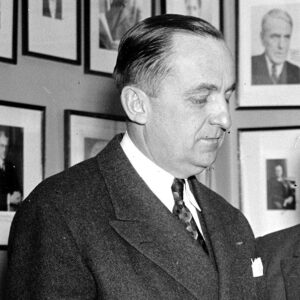 John Carroll Cone
John Carroll Cone
Cone, John Carroll
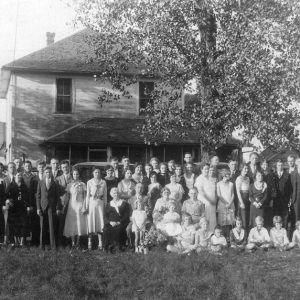 John Cone House
John Cone House
 Confederate Monument Postcard
Confederate Monument Postcard
Confederate Mothers Memorial Park
Confederate Soldiers Monument
aka: "Defending the Flag," Arkansas Sons of the Confederacy Memorial
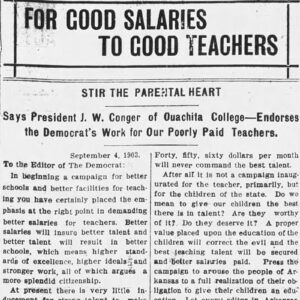 Conger Letter
Conger Letter
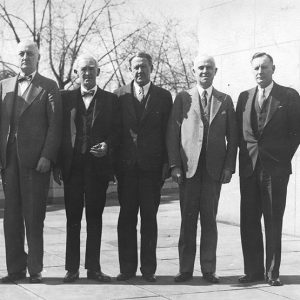 Congressional Delegation, 1934
Congressional Delegation, 1934
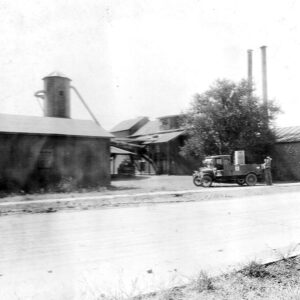 Conley Cotton Mill
Conley Cotton Mill
 Conner House
Conner House
Conner, Laura Cornelius
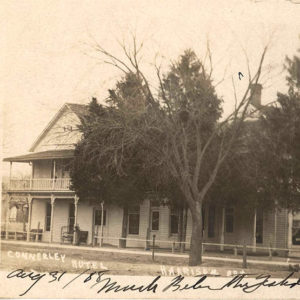 Connerley Hotel
Connerley Hotel
Consolidated White River Academy
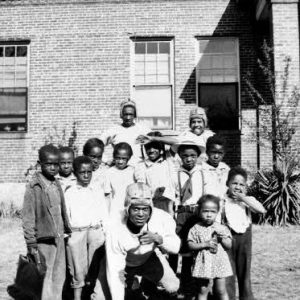 Consolidated White River Academy
Consolidated White River Academy
 Consolidated White River Academy Girls Basketball Team
Consolidated White River Academy Girls Basketball Team
 Constitutional Convention President
Constitutional Convention President
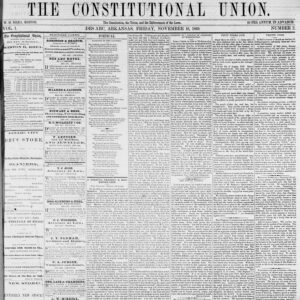 Constitutional Union
Constitutional Union
Convent Inspection Act of 1915
aka: Act 130 of 1915
aka: Posey Act
 Conway Church
Conway Church
Conway Confederate Monument
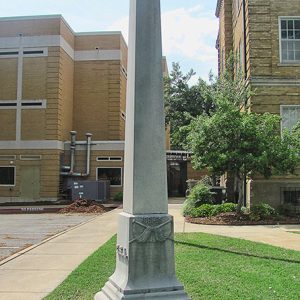 Conway Confederate Monument
Conway Confederate Monument
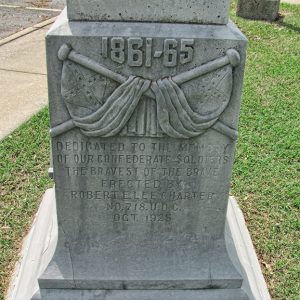 Conway Confederate Monument
Conway Confederate Monument
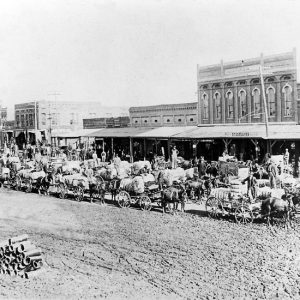 Conway Cotton Wagons
Conway Cotton Wagons
Conway County Courthouse
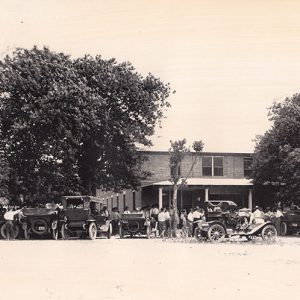 Conway Hotel
Conway Hotel
 Conway Laundry
Conway Laundry
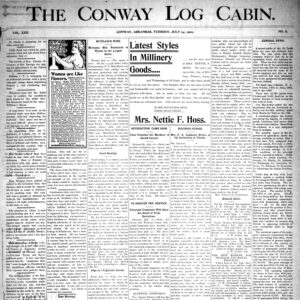 Conway Log Cabin
Conway Log Cabin
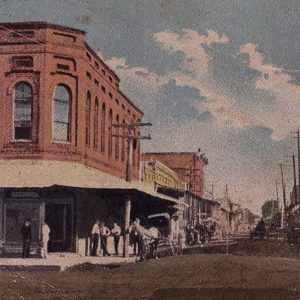 Conway Street Scene
Conway Street Scene
 Conway Train Depot
Conway Train Depot
Cook-Morrow House
 Cook-Morrow House
Cook-Morrow House
 Virgil Y. Cook
Virgil Y. Cook
 Everett Cook
Everett Cook
Cooke, Charles Maynard “Savvy,” Jr.
Coop Creek Bridge
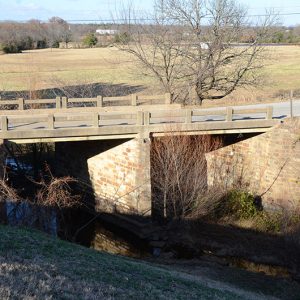 Coop Creek Bridge
Coop Creek Bridge
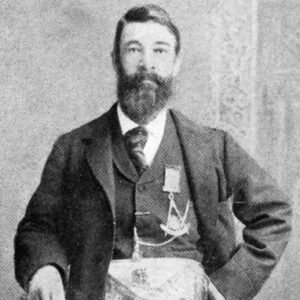 Joseph Corbin
Joseph Corbin
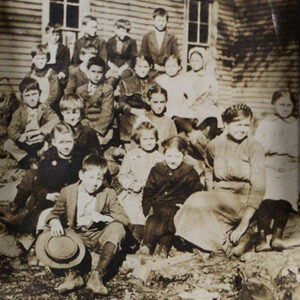 Corinth School
Corinth School
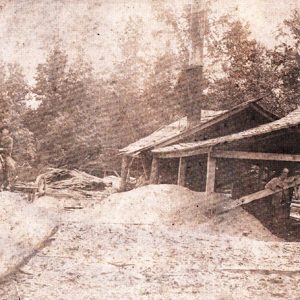 Corinth Sawmill
Corinth Sawmill
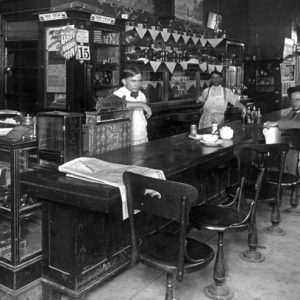 Corner Cafe
Corner Cafe
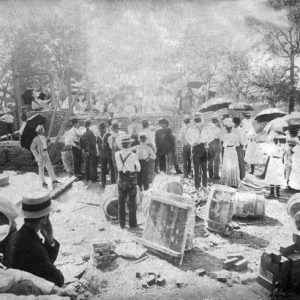 Corning Courthouse Cornerstone Ceremony
Corning Courthouse Cornerstone Ceremony
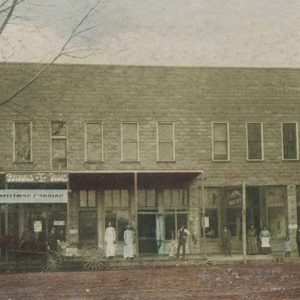 Corning Street Scene
Corning Street Scene
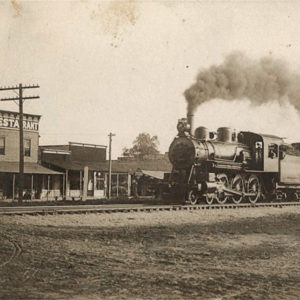 Corning Train
Corning Train
Cornish House
 Cornish House
Cornish House
 Cornish House Birthday Party
Cornish House Birthday Party
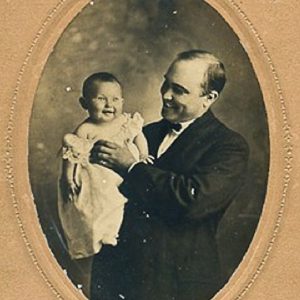 Edward and Hilda Cornish
Edward and Hilda Cornish
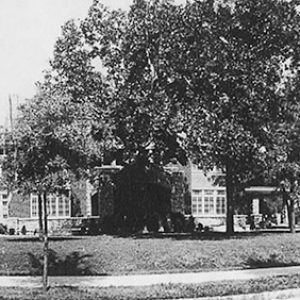 Cornish House
Cornish House




